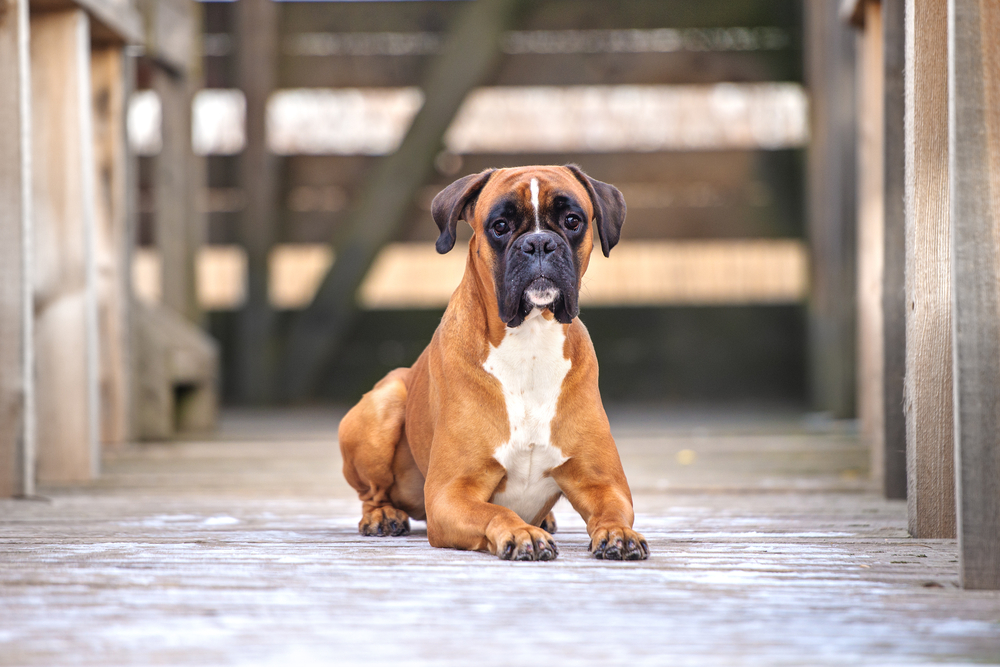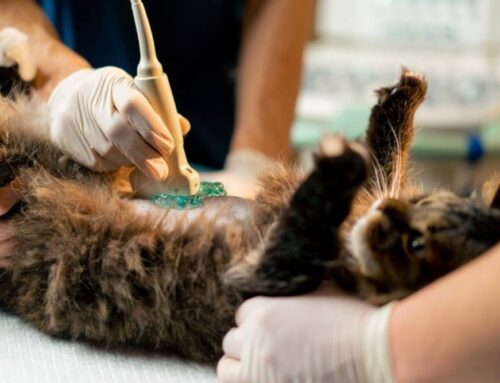A brachycephalic pet, with their adorably smooshed face, big eyes, and wrinkly rolls, are undeniably adorable, but the unique physical characteristics that make them so popular also come with a wide range of health issues. Use our Village Animal Hospital team’s guide on brachycephalic pets to learn about the health issues that affect this dangerously cute breed.
Brachycephalic breeds are classified by their wide skull, flat face, and shortened muzzle that are the result of years of selective breeding. The term “brachycephalic” originates from the Greek words for “short” and “head.” Brachycephalic breeds include:
- Pugs
- Bulldogs (French and English)
- Boxers
- Boston terriers
- Pekingese
- Lhasa apsos
- Shih tzus
- Bullmastiffs
Our Village Animal Hospital’s guide covers the health issues that affect this dangerously cute breed.
Respiratory challenges in brachycephalic pets
Because their skull and muzzle are so compact, a brachycephalic pet’s throat and breathing passages are frequently undersized or flattened, which obstructs airflow and makes breathing difficult. Brachycephalic airway syndrome (BAS) and brachycephalic syndrome (BS) describe the following upper airway abnormalities found in brachycephalic pets:
- Elongated soft palate — Some brachycephalic pets have an elongated soft palate (i.e., the soft part of the roof of the mouth) at the back of their throat that partially blocks entry to the trachea (i.e., windpipe) and inhibits breathing.
- Stenotic nares — Stenotic nares (i.e., abnormally narrowed or small nostrils) restrict the amount of air that can flow into the nostrils, making breathing difficult, and causing noisy inhalation and snoring.
- Everted laryngeal saccules — A pet’s laryngeal saccules, which are located above their vocal cords, can become everted and turn inside out, partially blocking entry to the trachea and making breathing difficult. This is the first stage of laryngeal collapse, which can be fatal if not treated early.
- Laryngeal collapse — Laryngeal collapse is caused by the chronic stress placed on the cartilage of the larynx (i.e., the voice box) that eventually is not able to open as wide as normal, further restricting airflow.
- Hypoplastic trachea —This is a trachea with a smaller than normal diameter.
A brachycephalic pet’s upper airway abnormalities cause increased airway resistance and increase the effort required to breathe. Surgery is often the best way to correct these anatomic abnormalities.

Ocular disease in brachycephalic pets
A brachycephalic pet’s eyes look abnormally large, because their shallow eye sockets provide minimal skeletal support and the eyeballs bulge outward. Googly eyes are part of these pets’ signature look, but they mean the eyes have little protection and put them at a higher risk for eye injuries and disease.
Dental disease in brachycephalic pets
Dental disease is a common condition in all pets, but especially in brachycephalic pets, whose shortened muzzle causes teeth overcrowding and malocclusion (i.e., the teeth in the upper and lower jaw don’t align). Food becomes more easily trapped in the gaps between their teeth and the resulting plaque and tartar accumulation leads to periodontal disease. Regular toothbrushing can help prevent dental disease, but the overcrowding makes reaching all the teeth areas difficult, and—not surprisingly—brachycephalic pets often require teeth extraction as a result of dental decay.
Reproductive issues in brachycephalic pets
Many brachycephalic pets experience birthing difficulties, because the puppies’ heads and shoulders are wider than the mother’s hips and birth canal. Difficult labor is common, and a Cesarean section is frequently necessary to save the mother and the puppy. In addition, the difficult labor can exacerbate the mother’s breathing difficulties, putting her at higher risk.
Skin problems in brachycephalic pets
Brachycephalic pets have cute, squishable skin folds and wrinkles, but wrinkles predispose them to skin problems, because the deep folds retain moisture and provide an ideal environment for bacterial and fungal infections. Skin infections are often itchy, and excessive scratching can cause lesions, hot spots, and hair loss.
Spinal challenges in brachycephalic pets
Some brachycephalic pets—specifically, those with coiled, short, or absent tails—may have abnormally shaped vertebrae that do not align correctly. The misalignment can cause a spine deformity, which can lead to an inability to move normally, spinal pain, and urinary incontinence.
Understanding your brachycephalic pet’s unique health risks can help you better support their health care needs and make informed treatment decisions. If your brachycephalic pet is experiencing challenges, contact our Village Animal Hospital team and schedule an appointment.








Leave A Comment